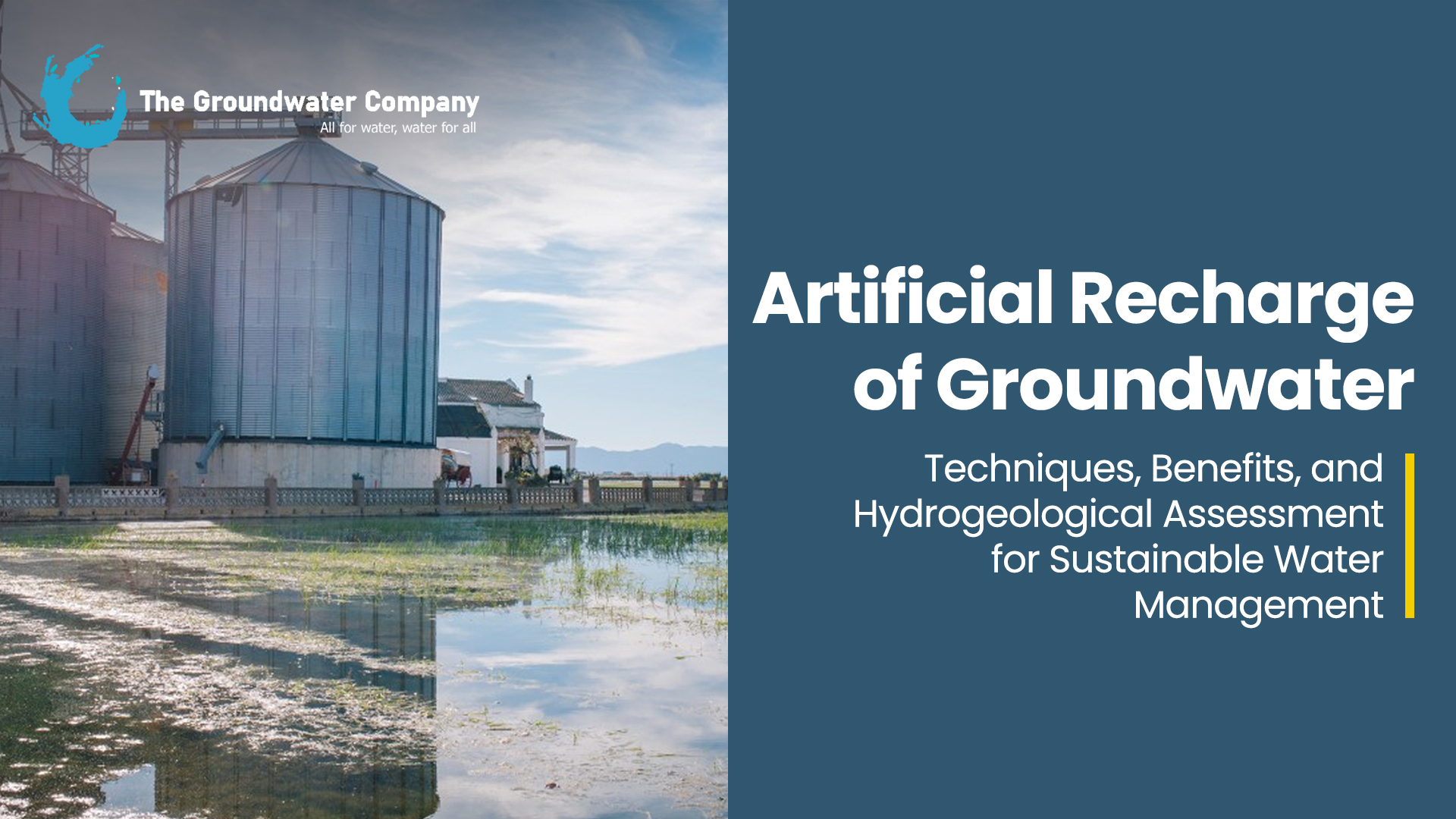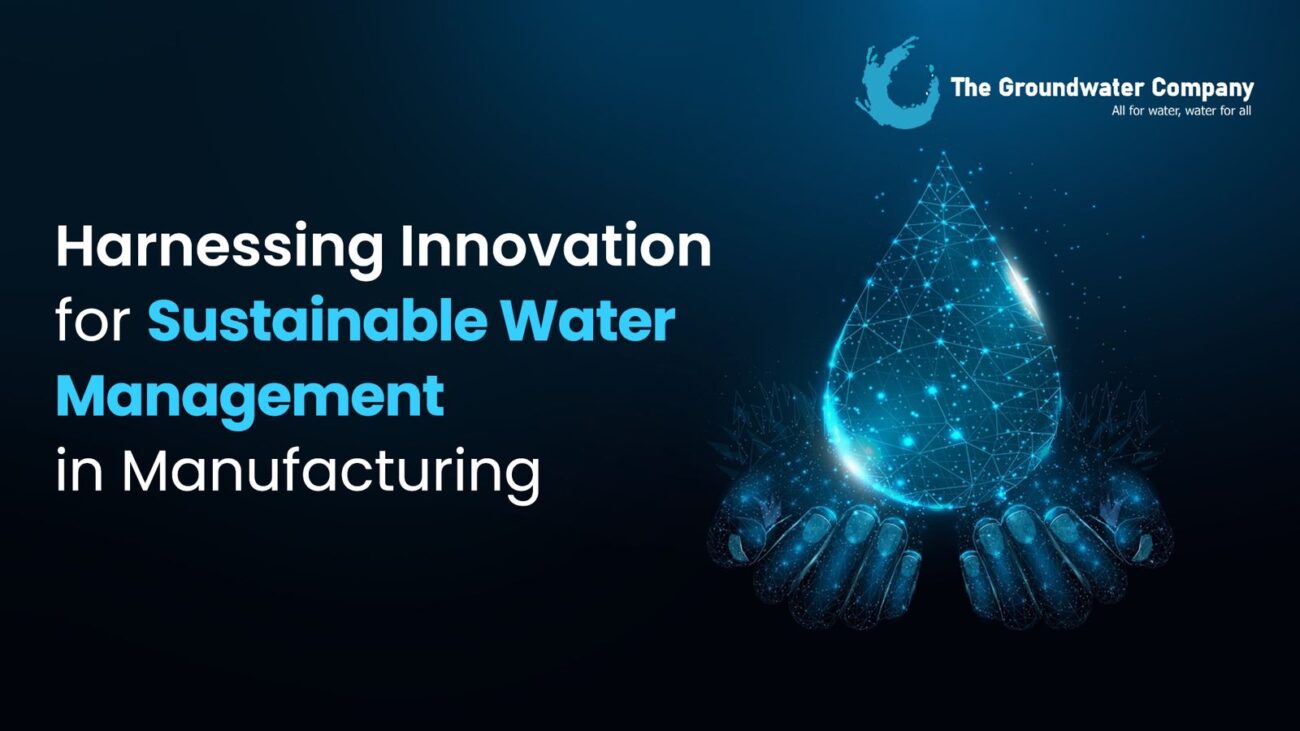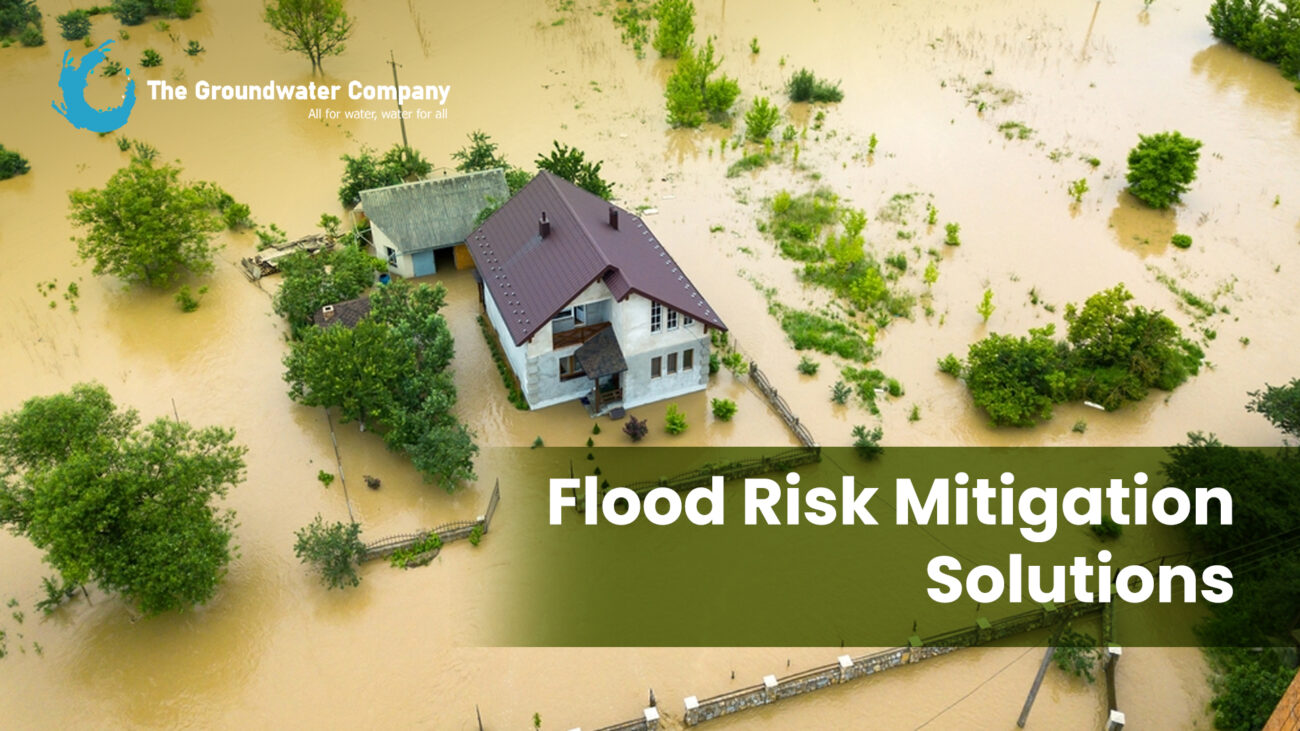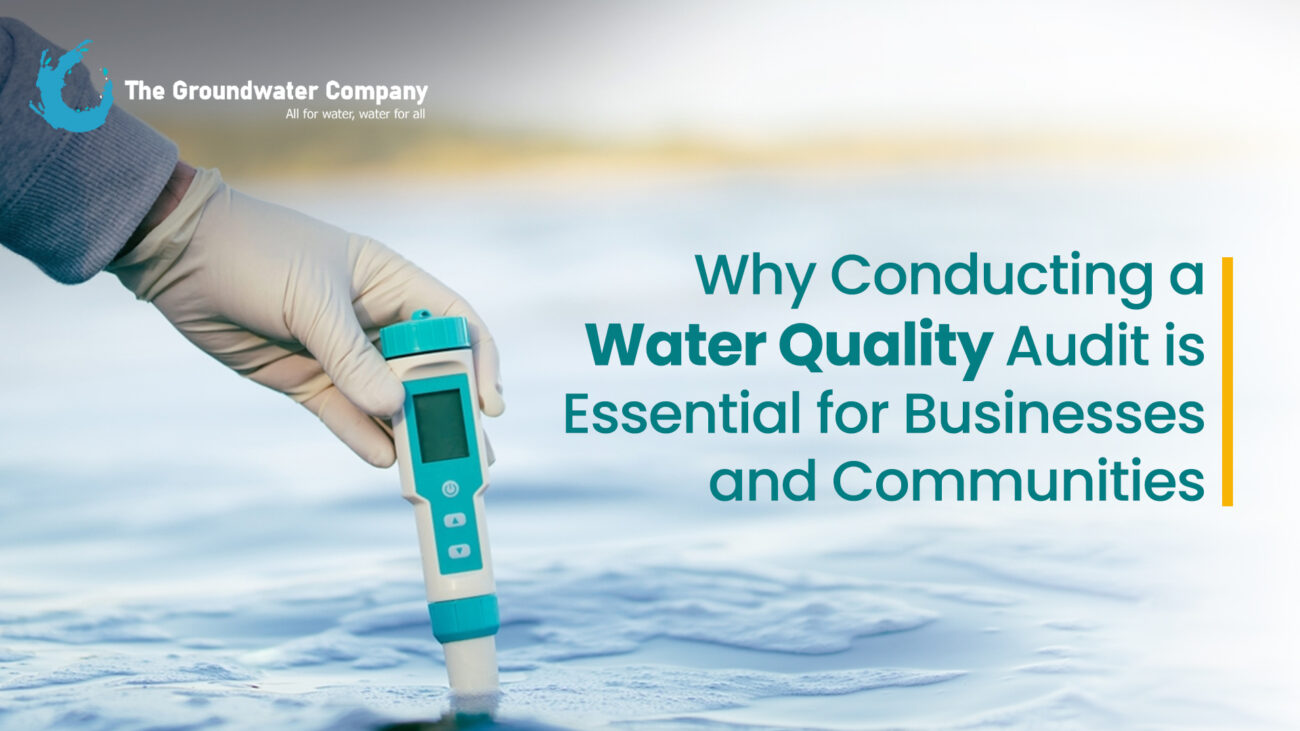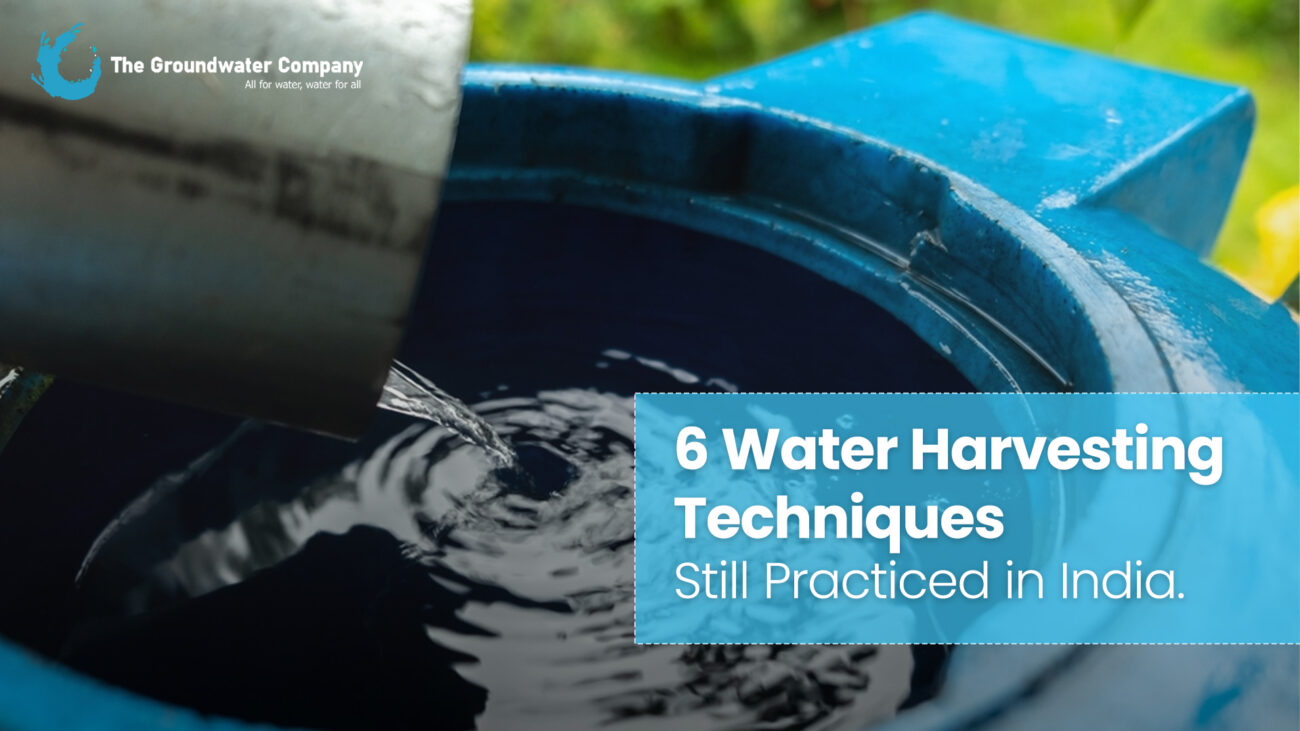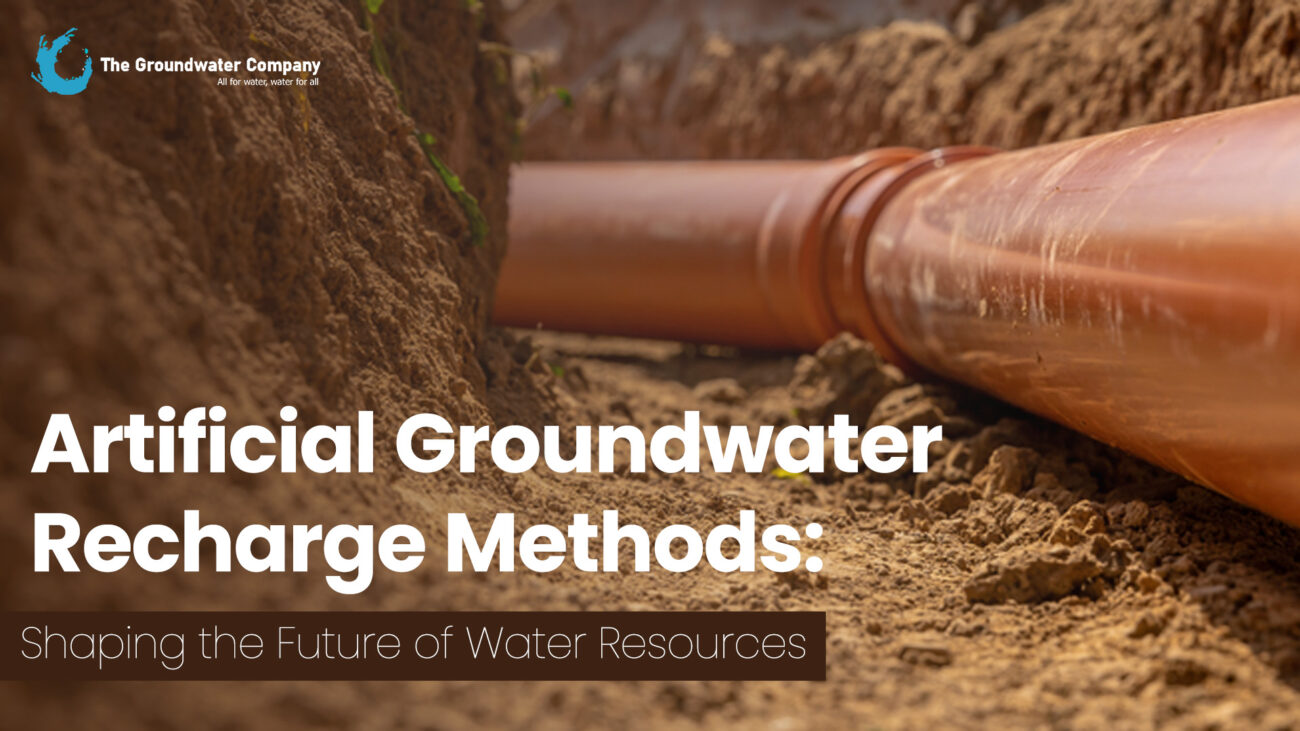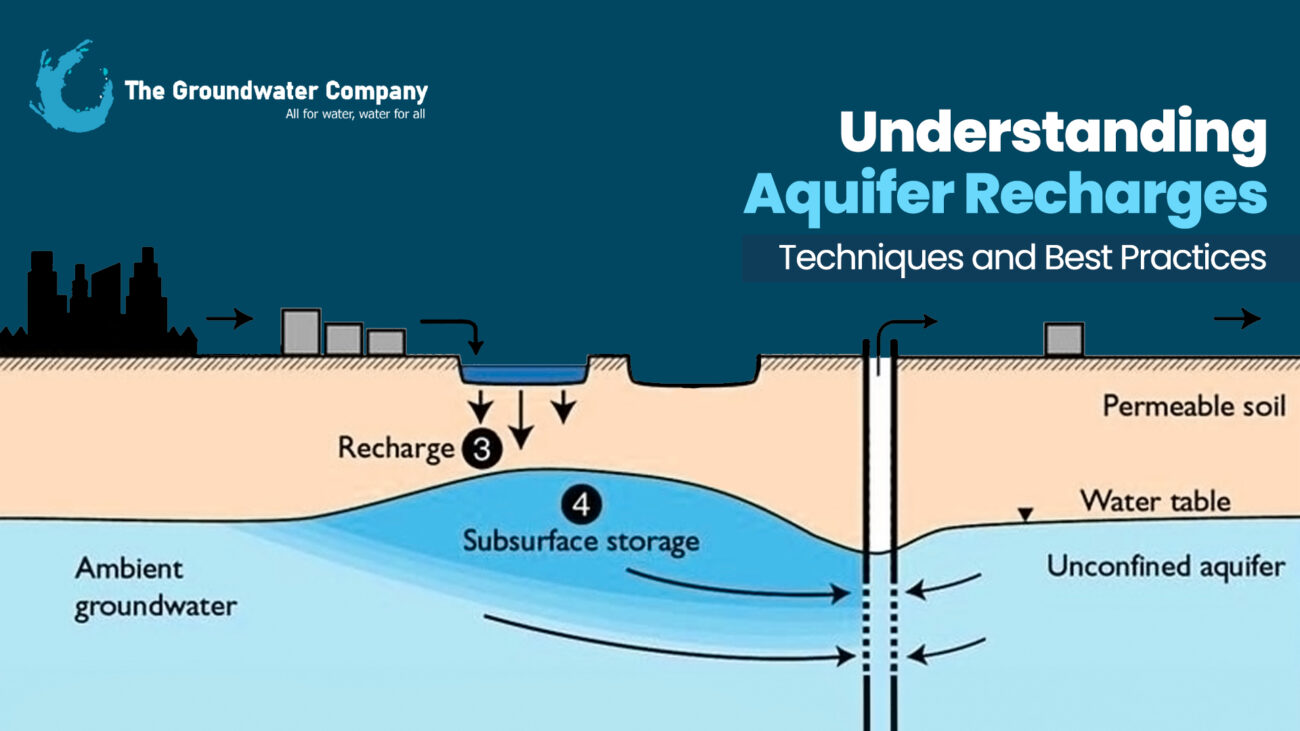Water scarcity has become one of the most pressing challenges in modern times, particularly in countries like India, where population growth, agricultural demands, and industrial expansion have put significant pressure on water resources. A key solution to mitigating groundwater depletion and ensuring long-term water availability is artificial groundwater recharge. This blog explores the techniques, benefits, and importance of artificial recharge and hydrogeological assessments in sustainable water management practices.
What is Artificial Groundwater Recharge?
Artificial groundwater recharge involves enhancing the natural process of recharging groundwater through human-made interventions. It plays a crucial role in replenishing groundwater storage by directing surplus surface water into aquifers. This method supplements natural groundwater recharge methods by using techniques like recharge wells, percolation of water, and rainwater harvesting systems. These techniques ensure that the water that would otherwise be lost as surface runoff infiltrates into the ground, replenishing aquifer storage and recovery systems.
Artificial Groundwater Recharge Techniques
Various artificial ground water recharge methods are employed for artificial aquifer recharge, each suited to specific hydrogeological conditions. Some common aquifer recharge techniques include:
- Recharge Wells: Wells are drilled into the ground, allowing surface water to infiltrate deeper into the aquifers. This method is particularly effective in areas where natural infiltration is low due to soil composition or topography.
- Percolation Tanks: Large, shallow tanks store excess surface water, allowing it to gradually percolate into the ground. These are widely used in rural India, particularly in arid and semi-arid regions.
- Injection Wells: In this technique, treated wastewater or storm water is injected directly into the groundwater aquifers. This is a more controlled method and ensures high infiltration efficiency.
- Rainwater Harvesting Systems: By capturing and storing rainwater for direct use or groundwater recharge, this system reduces the dependency on over-extracted groundwater sources and promotes water conservation and management.
- Aquifer Storage and Recovery (ASR): ASR is a technique where water is injected into aquifers during times of surplus and later recovered when needed. It is particularly useful in regions that experience seasonal variations in water availability.
Did You Know?
- India has the highest rate of groundwater extraction in the world, accounting for 25% of global groundwater usage.
- According to the Central Ground Water Board, over 60% of irrigation in India relies on groundwater, but more than 30% of the country’s aquifers are overexploited.
Benefits of Artificial Groundwater Recharge
The benefits of artificial groundwater recharge extend beyond replenishing groundwater storage. Some of the key advantages include:
- Water Scarcity Solutions: Artificial recharge helps in tackling water scarcity, particularly in drought-prone regions. By enhancing groundwater levels, it ensures a more consistent water supply throughout the year.
- Sustainable Development: Recharge techniques promote groundwater for sustainable development, ensuring that future generations have access to clean, reliable water sources. In fact, effective groundwater management has a direct impact factor on sustainable growth.
- Enhanced Groundwater Quality: Natural filtration during the water infiltration process improves groundwater quality, reducing the need for extensive treatment.
- Drought Mitigation: By storing excess water during wet seasons, artificial aquifer recharge helps mitigate the effects of droughts by providing a buffer during dry spells.
- Reduced Surface Runoff: Redirecting surface water into recharge structures like wells and percolation tanks reduces surface runoff, minimizing the risk of soil erosion and flood damage.
The Role of Hydrogeological Assessment
Before implementing groundwater recharge techniques, conducting a detailed hydrogeological assessment is essential. Understanding the geology, soil type, and permeability of the area helps in determining the most suitable artificial groundwater recharge methods. Factors like water infiltration rates, aquifer depth, and seasonal water availability are critical in designing effective recharge structures. Without proper hydrogeological studies, there is a risk of water loss through improper percolation or even contamination of the aquifers.
Interesting Facts:
- 30% of India’s groundwater wells have already dried up, and if no action is taken, 70% of the population will face water scarcity by 2025, according to the World Bank.
- An efficient rainwater harvesting system can reduce the demand on external water sources by 50% in urban households, providing an alternative source for groundwater recharge.
Solutions for Groundwater Depletion
To counter groundwater depletion, it is crucial to focus on both artificial recharge and water conservation and management. Recharge wells, aquifer storage methods, and sustainable farming practices can help replenish groundwater sources. Educating local communities and businesses on the importance of groundwater conservation is equally critical for long-term solutions.
In India, programs like Atal Bhujal Yojana and initiatives by the Central Ground Water Board aim to reverse groundwater depletion trends through community participation, rainwater harvesting systems, and implementing innovative aquifer recharge techniques.
Conclusion: Take Action for Sustainable Water Management
Artificial recharge of groundwater offers a practical and effective solution to the growing issue of water scarcity. By using methods like recharge wells, percolation tanks, and rainwater harvesting, businesses and communities can actively contribute to sustainable water management and ensure long-term water security. To make a real impact, collaboration between industries, local governments, and water solution providers is essential.
Looking to implement groundwater recharge solutions? Contact Ground Water Company today for expert advice and tailored solutions to recharge and manage your groundwater effectively!


